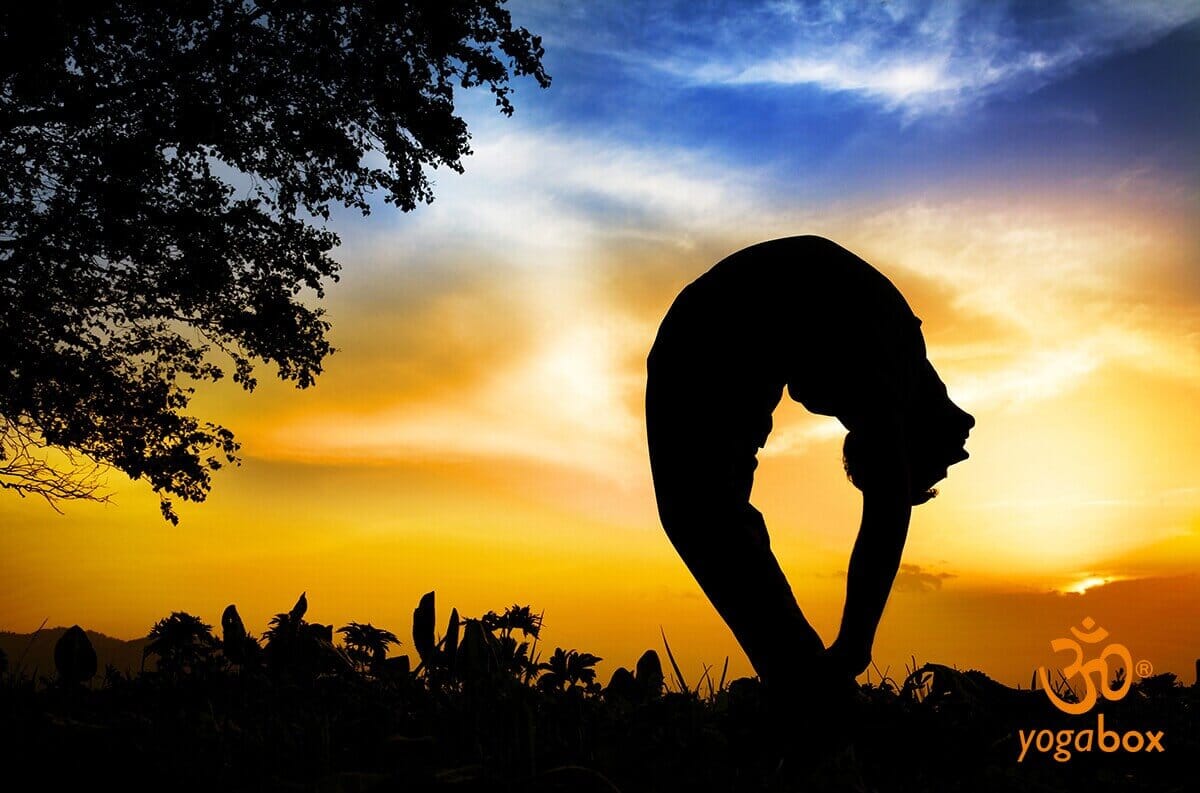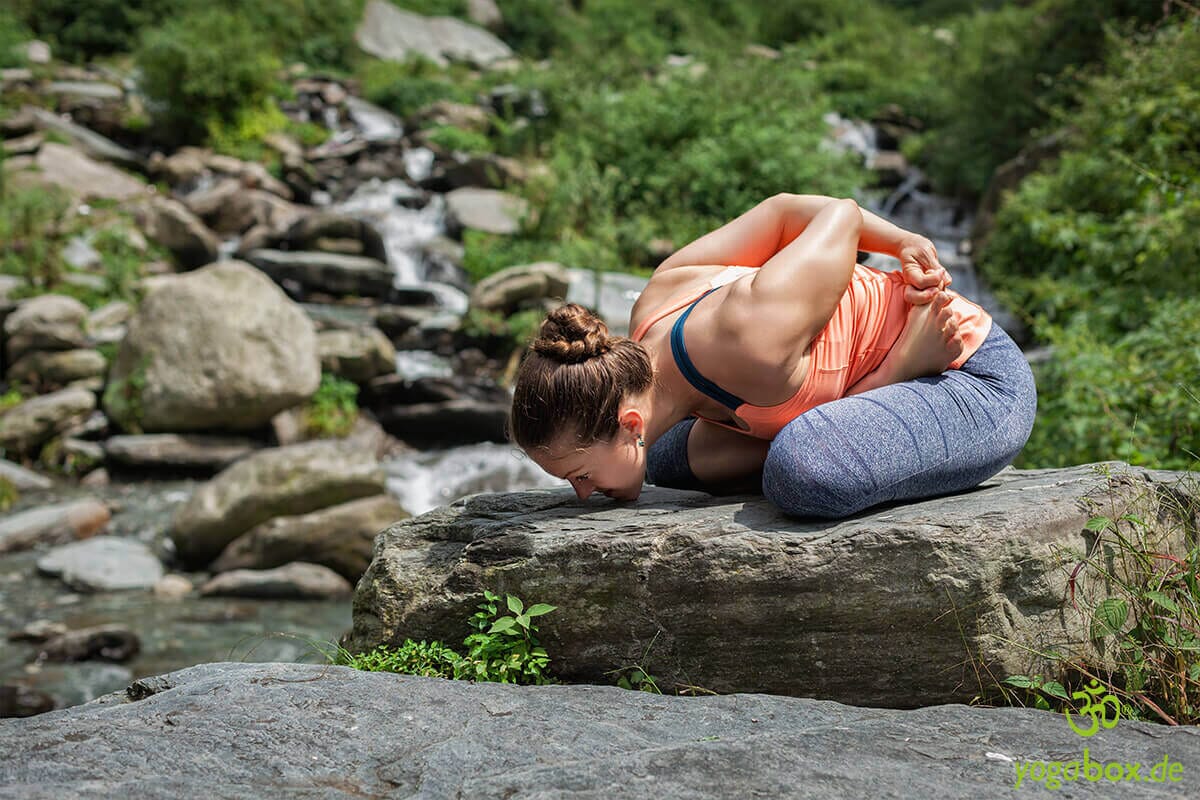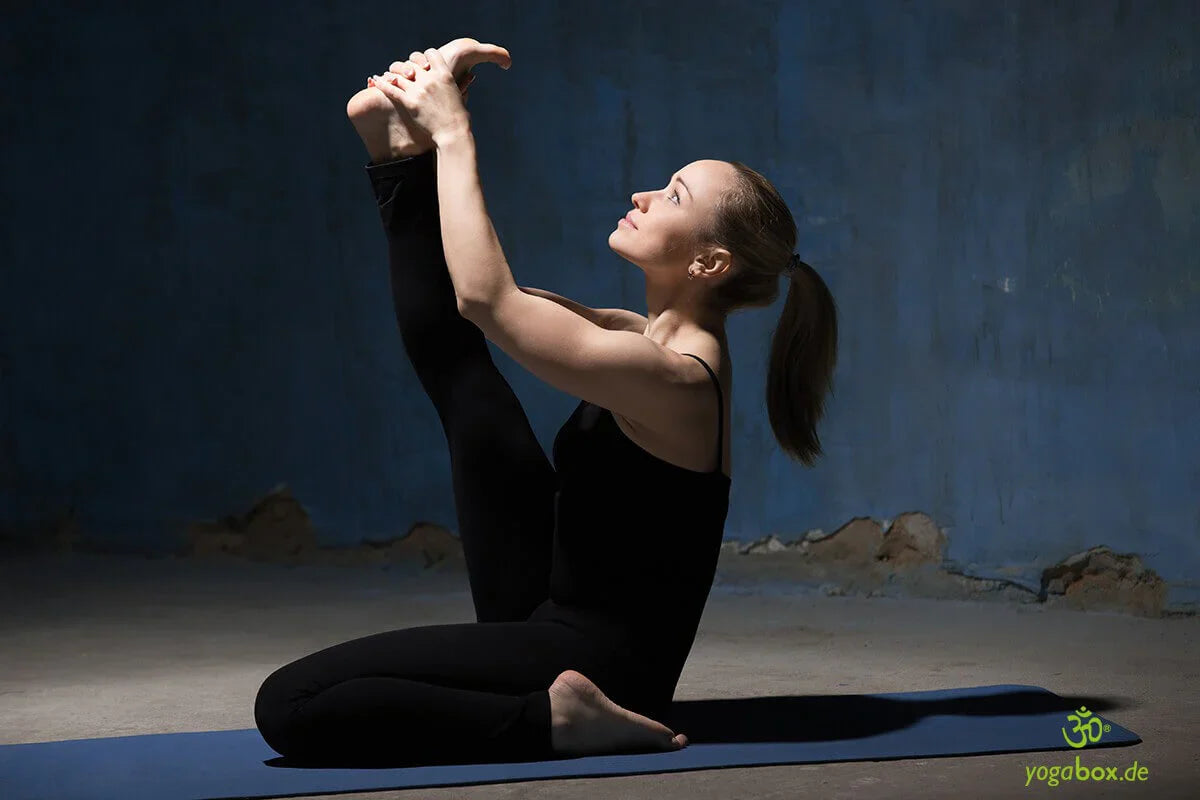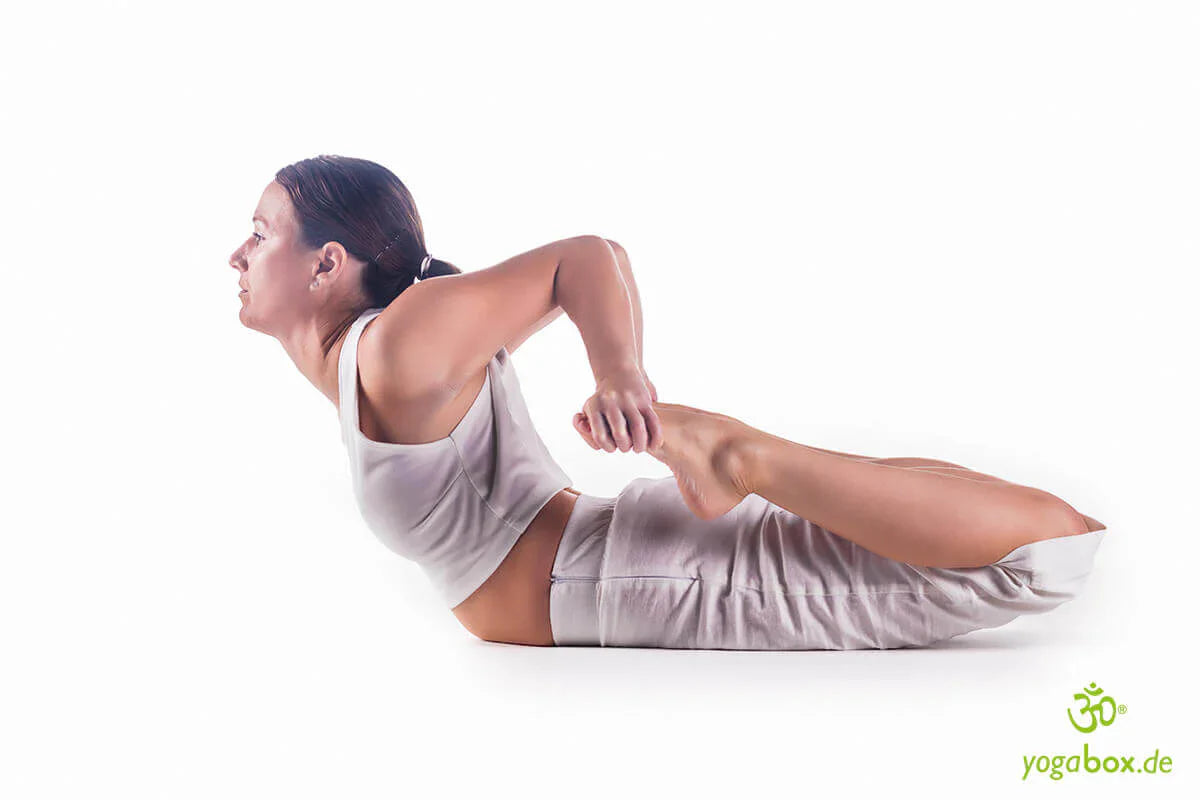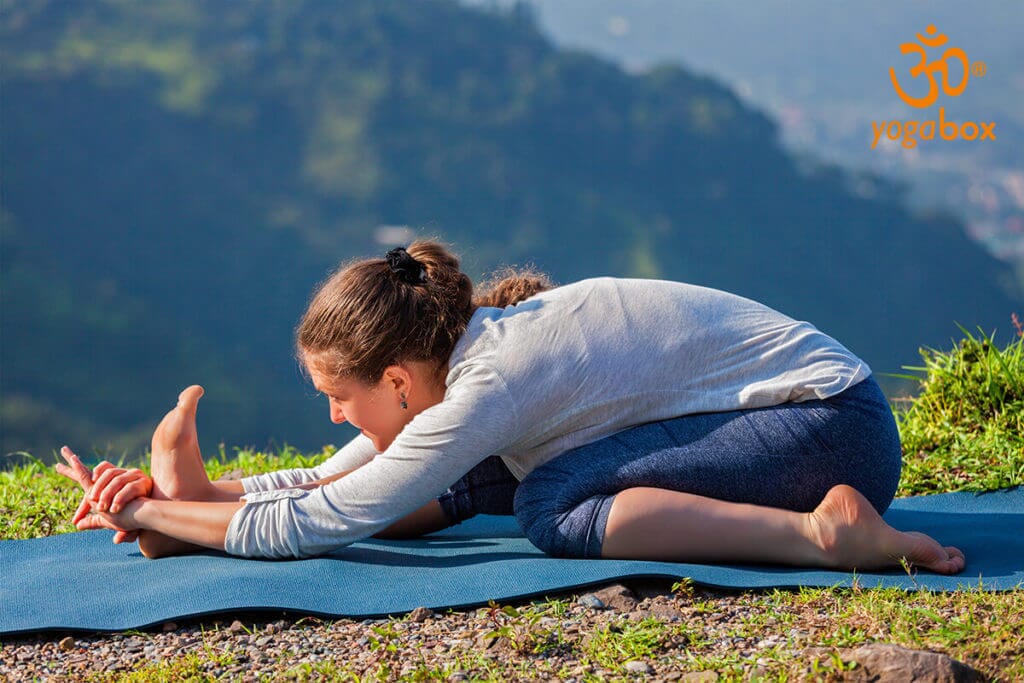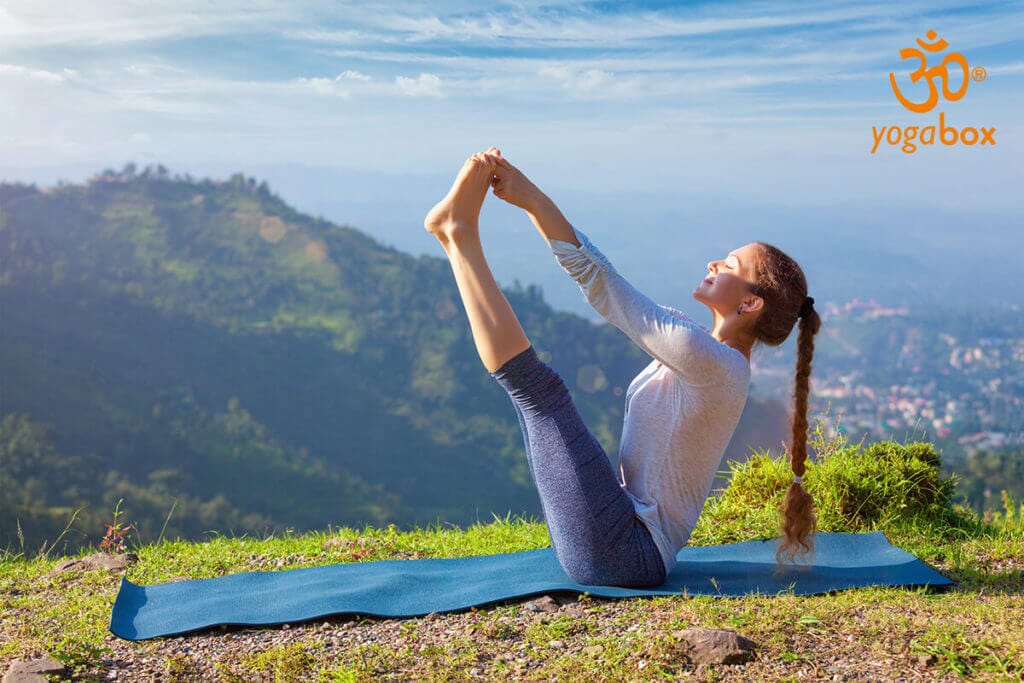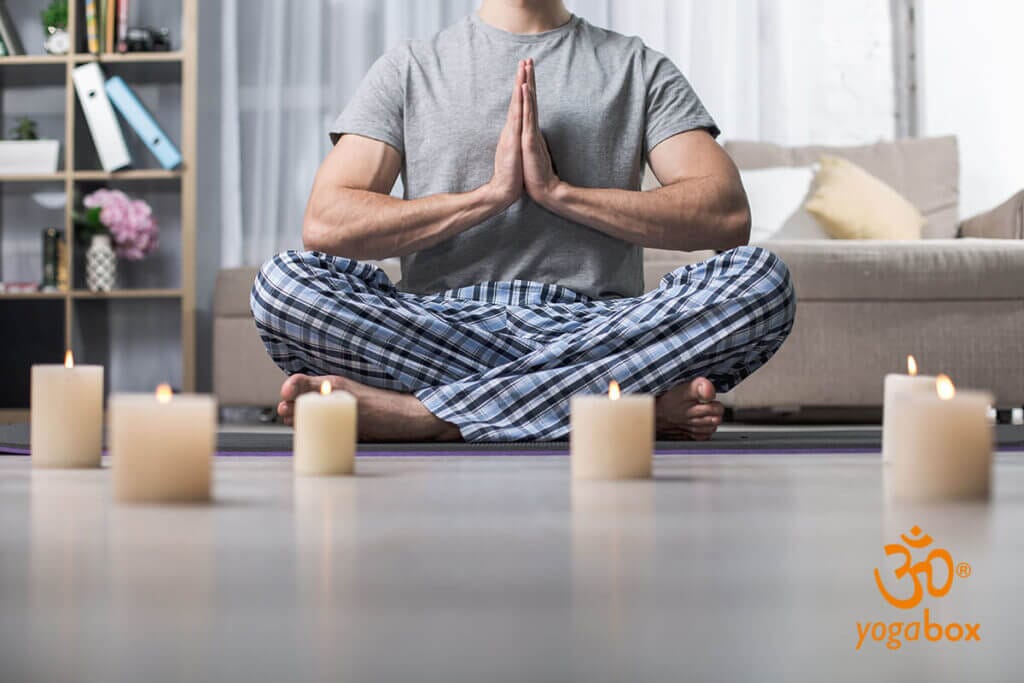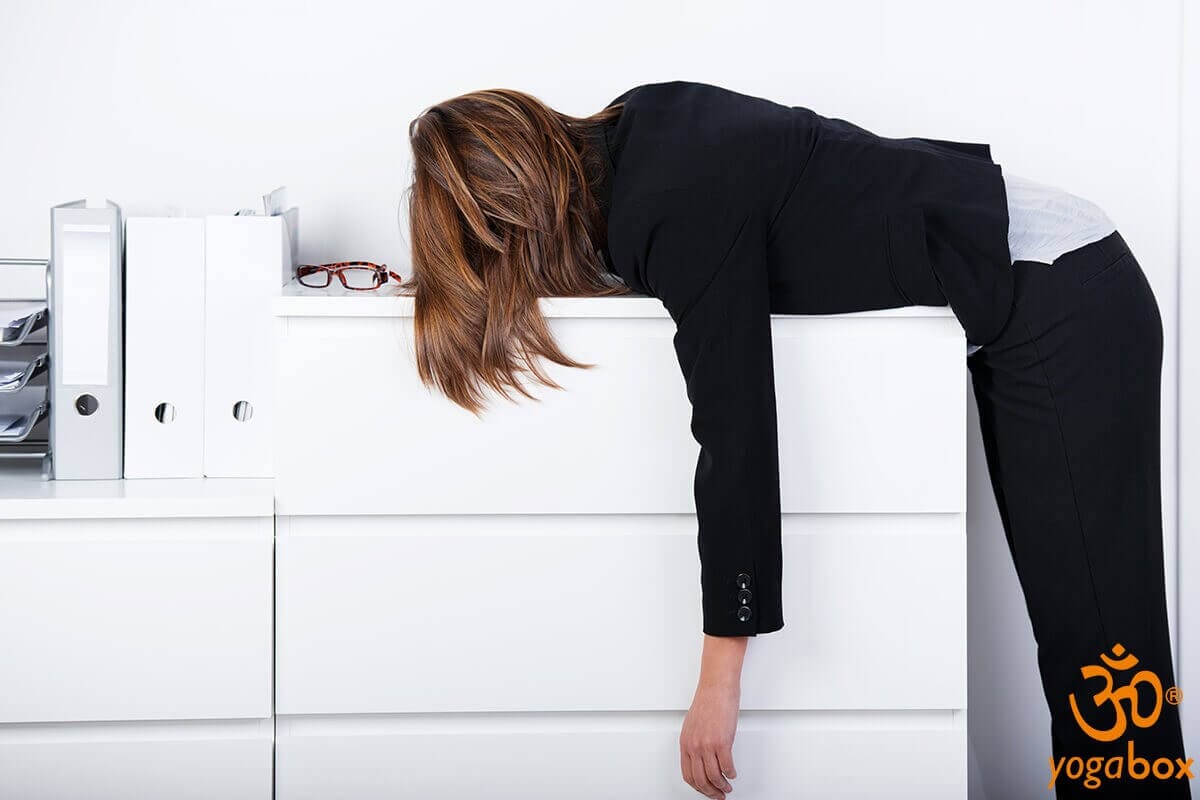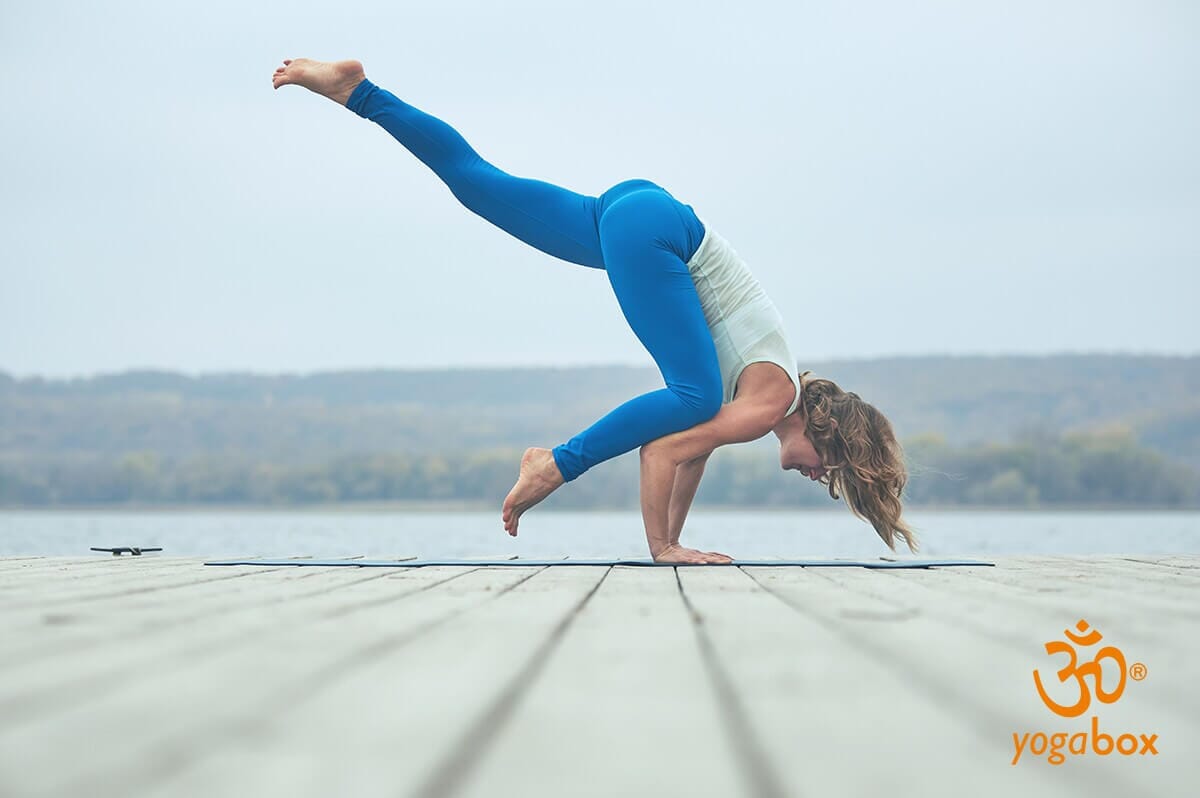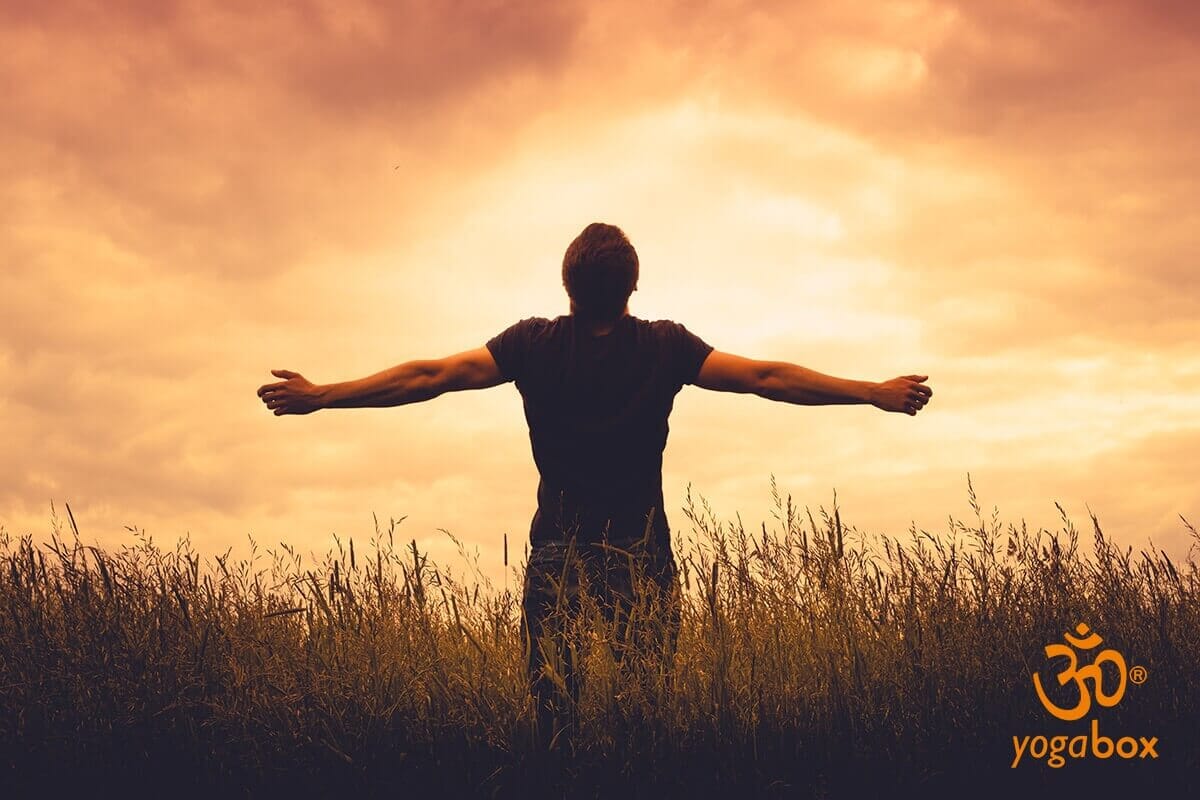Is fascia merely a fitness trend of recent years and a sales-promoting buzzword for black rollers? Or is there more to fascia, and can it be "trained" through yoga?
In this guest post from Mindmonia , you'll learn what fascia is and what functions it performs in your body. Then, we'll discuss damaged fascia and how you can positively support it with yoga.
Fascia - More than connective tissue
Fascia runs through your body as a three-dimensional network. It connects and stabilizes it and protects your bones, organs, and tendons.
The researchers of the Fascia Research Project at the University of Ulm, led by Dr. Robert Schleip, have discovered that fascia is actively involved in our movements.
Healthy fascia tissue not only protects your bones and organs, but also optimizes your movement patterns.
Adherent fascia and its consequences
Fascia not only helps you with your movements, but also stores your movement sequences.
In addition, incorrect strain or lack of movement directly affects your fascia. The elastic tissue hardens or sticks together.
When the fascia becomes hardened, it thickens. For example, if you have tension in your neck, you'll feel hardened tissue. This includes the fascia.
You can't actually feel adhered fascia. Since the fascia appears matted and stuck together under a microscope, it's called adhered fascia.
Damage to fascia tissue manifests itself in various places, including:
Blood and lymph flow slow down
Power transmission is difficult
Pain occurs in different places
The concept of force transfer is a new discovery in research. Healthy fascia transfers force from your muscles to your bones without loss. If the fascia is hardened between your muscles and bones, the fascia transfers force there with losses. You'll notice this through more difficult movements, increased exertion during movement, and even restricted movement.
By the way, with adherent fascia, there's a domino effect. Adhesions in the fascial tissue always lead to further adhesions. When fascial tissue is damaged, the motto is: act quickly.
Yoga and positive posture
If you've been practicing yoga for a while, you'll know its uplifting effect . However, if you're a beginner, yoga is all about:
to sharpen body awareness
to breathe consciously
to find the center of the body
In yoga, you perform your movements consciously. You work with your breathing and alternate between tension and relaxation. Many exercises address your balance and center your body.
Because yoga stabilizes your core, you also improve your posture. Your body initially straightens up during the movement. Over time, this upright posture becomes your new posture.
Since your movement patterns are stored in your fascia, you can use targeted exercises to counteract bad habits. Regular training will help you notice when you're sitting crookedly or your movements aren't smooth.
Yoga and the deep muscles
Fascia is controlled by your autonomic nervous system, meaning it operates automatically. Fascia always acts as an intermediary. It transmits force, for example, from the muscles to the bones. Fascia alone cannot move the bones.
Unlike muscles, fascia cannot be specifically trained. Balanced movements and consistent loads help your fascia remain functional. However, one-sided training or insufficient movement hinders the fascia.
Yoga is ideal as fascia training due to its deep effectiveness.
The superficial fascia can be loosened through fascia rolling and massage. However, deep fascia tissue can only be positively influenced through targeted movements and muscle improvement.
Yoga works with your deep muscles. It gives you less visible muscles, as it doesn't serve to build muscle. In short: Yoga doesn't make your muscles bigger, but it does make them more powerful. You gain a new body awareness and, as a result, feel your body better. This is where fascia training and yoga complement each other perfectly.
The slower-paced forms of yoga, in particular, delve into the deep structures of your body and improve them. Experts like Paul Grilley (co-founder of Yin Yoga) and experienced yoga teacher Sonja Zernick-Förster cite Yin Yoga as the ideal fascia yoga. This calm and largely passive version of yoga focuses on relaxation.
In Yin Yoga, you work your way deeper into stretches using your breathing. By holding a pose for several minutes, Yin Yoga works on your deep muscles. The slow stretching loosens your deep connective tissue.
A rounded back is a classic feature of Yin Yoga. Yin Yoga provides a counterbalance for back problems and poor posture caused by desk work.
Even vigorous versions of yoga, such as power yoga, improve your fascia. Every form of yoga is a holistic workout and therefore has a positive effect on your fascia.
Stretches for a supple body
Stretches also play an important role in yoga. They make your body more flexible. Basically, the following applies:
Everyone stretches as far as they can without pain.
With time and sufficient yoga practice, your body's overall flexibility will improve. For example, after a while, you'll feel like you can go deeper into stretches without resistance. You'll feel more flexible overall.
Stretching in your body involves:
muscles
tendons
Fascia
With every stretching exercise in yoga, you automatically work on the functionality of your fascia tissue. Through conscious stretching, you activate your fascia. They must actively cooperate as you progress with the stretches.
Yoga strengthens your muscles and loosens your fascia through intense stretching. Over time, your fascia gains elasticity, actively counteracting stiffness and adhesions.
Fascia roller - a useful addition?
Those suffering from damaged fascia can use a fascia roller in addition to yoga exercises. These rollers are designed to specifically "roll out" the fascia when you move your hands over them.
When combined with yoga exercises for fascia, a fascia roller can enhance the effect on the fascia and provide a thorough stretch. Ultimately, a fascia roller is a logical addition to yoga training, provided it is used to stretch and heal the fascia.
Yoga supports your consciousness
For healthy fascia, you need an awareness of this invisible tissue that gives your body its shape.
With yoga, you work on your body awareness and posture. Improved body awareness helps you identify and change bad habits in everyday life. Because to maintain your fascia tissue long-term and maintain its elasticity and functionality, you need to improve your habits.
Only with mindfulness can you utilize this special kind of memory for your long-term benefit. After all, change always begins in your consciousness. Meditation, for example, is very helpful for this.
